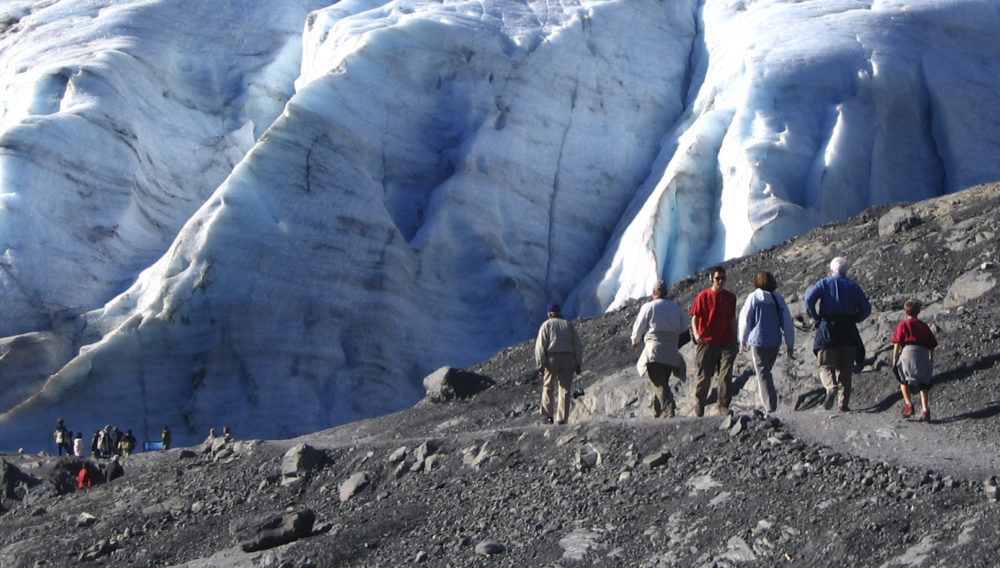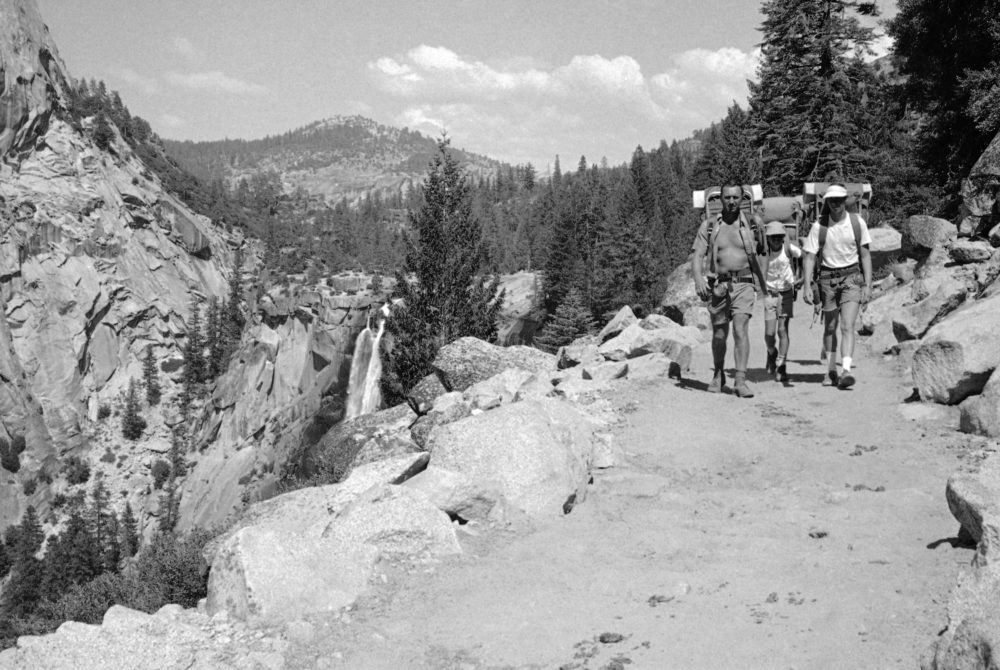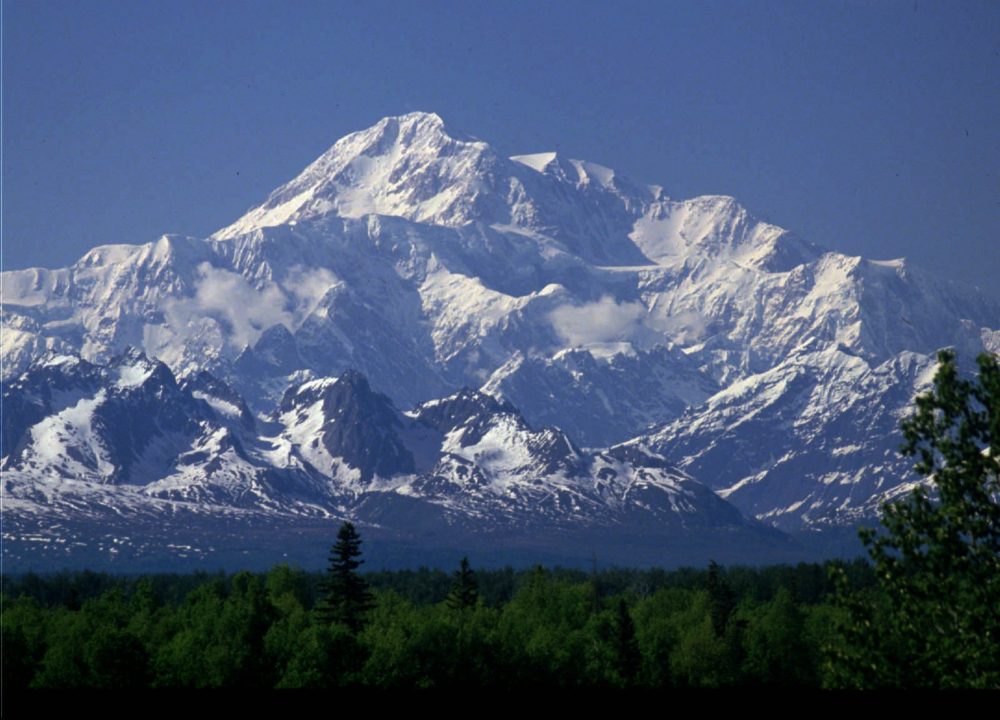Advertisement
Commentary
It's 90 Degrees In Anchorage. John Muir's Beloved Alaska Is Melting

It was a record-shattering 90 degrees in Anchorage last week. John Muir would not be happy.
Yes, that John Muir. The Scotland-born, Wisconsin-raised naturalist and mountaineer, the heir to Emerson and Thoreau, influencer of presidents, prolific author, founder of the Sierra Club, father of the National Park Service, romantic visionary of the American conservation movement — and passionate admirer of Alaska’s majestic wilderness.
People associate Muir with California, and the Yosemite Valley in particular, but his travels often took him away from his family’s orchard north of Oakland. He was especially fascinated with Alaska, and he made seven journeys there between 1879 and 1899.
The attraction was the ice, as Muir was a lifelong student of glaciers. He was the first to advance the theory, disputed by some of his well-credentialed contemporaries, that Yosemite Valley was carved by glaciers. Geologists eventually confirmed that he was correct.
In an article he wrote for the New York Tribune in 1871, his exposition of glacial geology is poetic:
Glaciers work apart from men, exerting their tremendous energies in silence and darkness, outspread, spirit-like, brooding above predestined rocks unknown to light, unborn, working on unwearied through unmeasured times, unhalting as the stars, until at length, their creations complete, their mountains brought forth, homes made for the meadows and the lakes, and fields for waiting forests, earnest, calm as when they came as crystals from the sky, they depart.
Determined to see the magnificent glaciers of Alaska, Muir made his first voyage there by steamship in 1879. With the aid of the native Tlingit people, he was able to explore uncharted inlets of the Alaskan Panhandle. A particularly impressive tidewater glacier that the expedition encountered — featuring a two-mile-wide snout rising more than 300 feet above the ocean — was eventually named for Muir.
Today, that glacier no longer extends to the sea. Since Muir’s day, it has retreated more than 30 miles up into the mountains. And that brings us back to the 90-degree days in Anchorage.

Due to the natural rhythms of the Arctic, the Muir Glacier had already begun its retreat into the mountains well before its eponym ever saw it, but in recent years melting in Alaska has been rapid and dramatic. According to a study reported by Inside Climate News, the Arctic is warming 2.4 times faster than the global average, and the rate of summer ice loss in Denali National Park is 60 times greater than in pre-industrial times. Satellite measurements done by NASA show summer sea ice levels in the Arctic have dropped by about half since 1979. Some of this is due to natural fluctuation, but rising greenhouse gas levels are responsible for most of the decrease.
The rate of summer ice loss in Denali National Park is 60 times greater than in pre-industrial times.
The data for June 2019 shows the lowest sea ice extent on record — unsettling news for the native people who depend on the ice for wildlife and fish.
The climate disruption that the Earth is undergoing today would have offended Muir deeply, not only for accelerating the shrinkage of his beloved glaciers, but also for the way it is degrading planetary ecosystems.
Muir’s intuitive understanding of the natural world predated the emergence of the formal discipline of ecology in the 20th century. Although he was a religious man, he embraced Darwinian evolution and was distinctly nonconformist in his refusal to hold up humanity over the rest of the natural world. “The universe would be incomplete without man; but it would also be incomplete without the smallest transmicroscopic creature that dwells beyond our conceitful eyes and knowledge,” he wrote in his book, “A Thousand-Mile Walk to the Gulf.”

The last of Muir’s 12 books, “Travels in Alaska,” was an unpublished manuscript at the time of his death in 1914. It is a paean to the turquoise rivers of ice that flow through Alaska’s high peaks, as well as a naturalist’s appreciation of the diverse flora and fauna that occupy an ecological niche under the harshest of conditions.
The stark changes signaled by a 90-degree day in Anchorage threaten the exquisitely attuned biophysical systems that Muir observed in Alaska. Were he alive today, Muir would shed a tear for what is lost, and he would burn with anger at the subversion of nature in the name of progress. He raged against the mindset that blinds humanity into grasping greedily for quick economic gain rather than challenging the institutions that prevent wise stewardship of the Earth.
In this time of climate crisis, Muir’s century-old lessons for us apply with heightened urgency.
